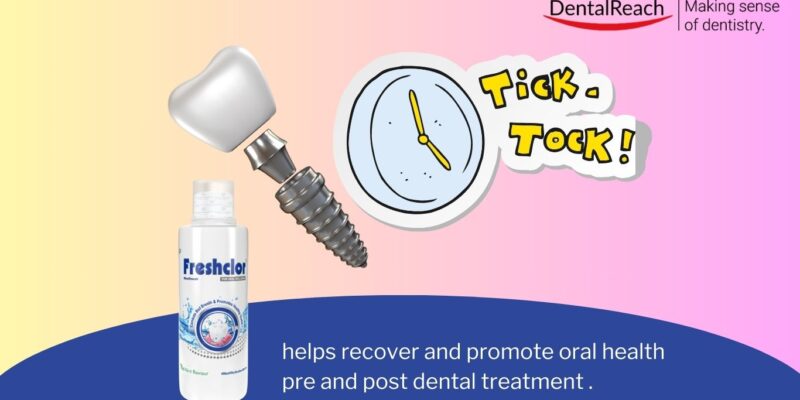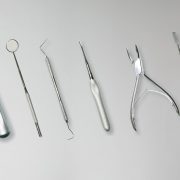A large-scale retrospective cohort study from the Second Affiliated Hospital of Sun Yat-sen University has shed new light on the survival outcomes of immediate versus delayed dental implant placement, revealing that delayed implants significantly outperform their immediate counterparts over the long term. The findings, drawn from 1,500 implants placed between 2005 and 2023, have important implications for treatment planning, especially in high-risk patient populations.
Delayed Implants Outperform Over Time
The study compared 300 immediate implants (placed within 24 hours of tooth extraction) with 1,200 delayed implants (placed 3–4 months post-extraction), tracking survival over 72 months using Kaplan-Meier analysis and Cox regression modeling. After six years, the cumulative survival rate for delayed implants stood at 81.1%, significantly higher than the 53.2% survival rate for immediate implants (p < 0.0001).
Survival rates began to diverge notably after the 24-month mark, suggesting that while short-term outcomes may appear comparable, the long-term prognosis favors delayed placement.
Jaw Site Matters: Mandible vs. Maxilla
Anatomical site emerged as a critical determinant of success. Implants placed in the mandible consistently outperformed those in the maxilla. For delayed implants, mandibular placements showed an 88.5% survival rate compared to 72.2% in the maxilla. For immediate implants, the drop was more pronounced—70.5% in the mandible versus just 40.7% in the maxilla (p < 0.0001).
This reinforces the need for careful case selection, particularly when considering immediate placement in the maxillary arch.
Risk Factors: Male Patients and Osteoporosis at Greater Risk
Two independent predictors of implant failure were identified: male sex (HR 1.64; p < 0.001) and osteoporosis (HR 2.50; p = 0.024). Interestingly, commonly suspected factors such as tobacco use, diabetes, and hypertension did not show a statistically significant correlation with implant failure in this cohort.
The study utilized propensity score matching (PSM) to adjust for baseline differences between groups, ensuring a robust comparison. Post-matching standardized mean differences (SMD) for key covariates were reduced to <0.1, supporting the validity of the results.
Clinical Implications
The authors recommend delayed implant placement—especially in the mandible—as the preferred strategy for patients at elevated risk of implant failure, including males and those with osteoporosis. While both immediate and delayed techniques remain viable, clinicians are advised to tailor treatment plans based on individual risk profiles to enhance long-term success rates.
Source: Frontiers in Dental Medicines




















Comments